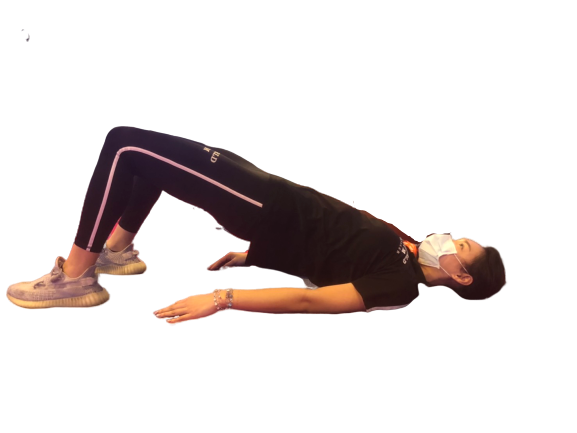Definition/Introduction
In 1948, Kegel exercises were first described by Arnold Kegel for pelvic floor muscle strengthening. The perineometer, also called the vaginal manometer, has been designed to record the contraction strength of pelvic floor muscles and can be used to guide the participants to conduct the exercises correctly. Dr. Kegel’s study showed that the exercises could help to prevent cystocele, rectocele, and urinary stress incontinence.[1] Ashton-Miller et al. indicated that urethral sphincters and supportive systems in females could prevent urinary incontinence and genital organ prolapse. The supportive systems are composed of the pelvic floor muscles, the vaginal wall, the arcus tendinous fascia pelvis, and the endopelvic fascia.[2] The pelvic floor muscles (PFM), which consist of the levator ani and coccygeus muscles, are crucial for supporting pelvic organs. The levator ani muscle comprises three portions: the puborectalis, pubococcygeus, and iliococcygeus muscles. The puborectalis muscle forms a sling around the anorectal junction. By contracting the puborectalis muscle, the urogenital hiatus closes during physical activities. The pubococcygeus muscle runs from the pubis to the coccyx, and the iliococcygeus muscle is the most lateral part of the levator ani muscle. They form a flat plate called the levator plate, helping stabilize the pelvic organ. However, the pelvic floor muscles may become weakened by aging, pregnancy, vaginal delivery, surgery, etc. As a result, the patient will suffer from urinary incontinence and pelvic organ prolapses.
There are lots of treatments to manage the pelvic floor weakness, including medication and surgeries. Kegel exercises are among the most popular therapies because people can implement them as a daily routine. Kegel exercises are usually custom-made. The number of contractions, duration of holding time, and sets vary across different participants. Currently, there is no fixed protocol for Kegel exercises, but the fundamental rules include: (1) to identify the appropriate muscles which stop or slow the urination, (2) to contract the muscles as mentioned earlier in a correct manner and (3) to repeat the cycle for several times. Many people may contract their hip adductor, abdomen, and gluteal muscles, instead of the pelvic floor muscles during the exercises. Furthermore, alternating fast and slow contractions serve as the key elements of the exercises (Figure 1).
During the fast contractions, the patients tighten and relax the pelvic muscles quickly. During the slow contractions, the patients hold the contracted muscles for a longer period and then relax. The fast contractions train the pelvic floor muscles to adapt to the increased intra-abdominal pressure during coughing and laughing. The slow contractions help with muscle strengthening. Kegel exercises can be used in combination with biofeedback and electrotherapy to improve the treatment effect. Specific devices such as perineometer, Kegelmaster, and vaginal cones are an option in conjunction with Kegel exercises for resistance training.
